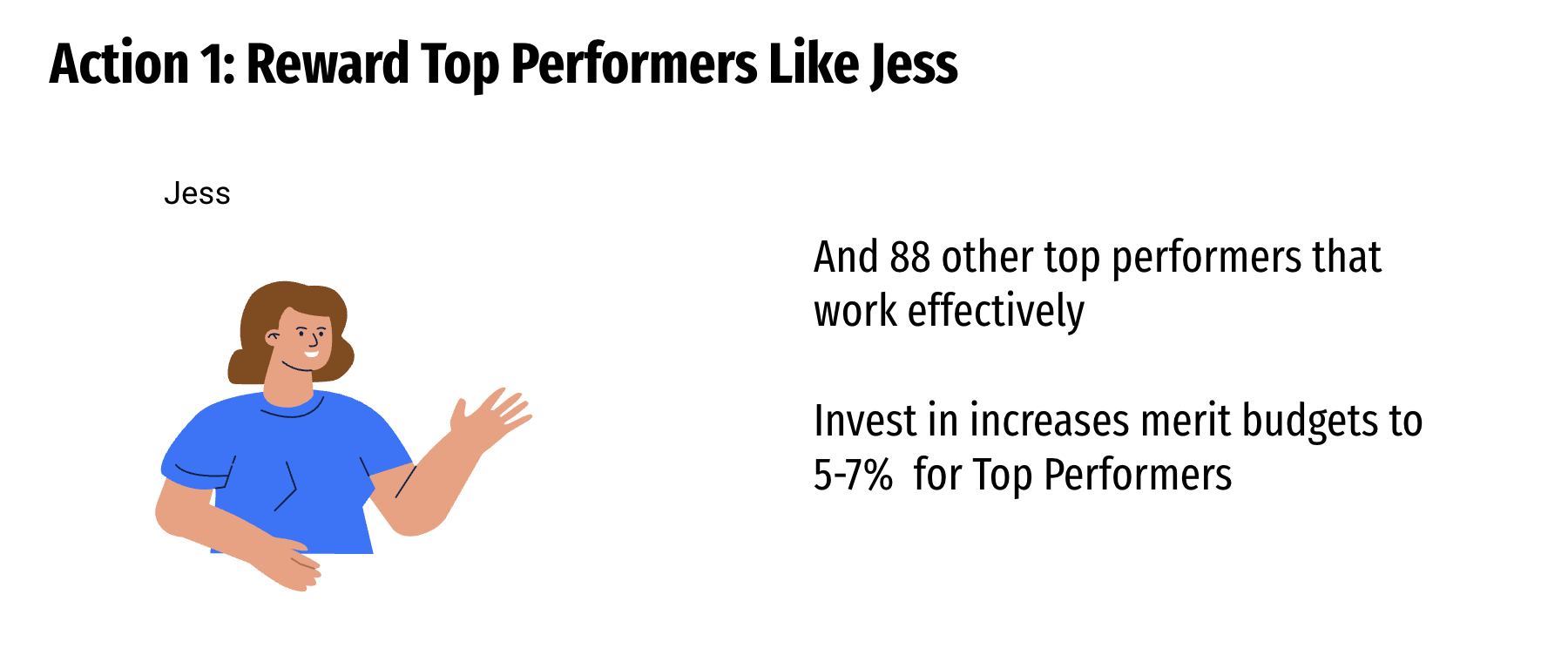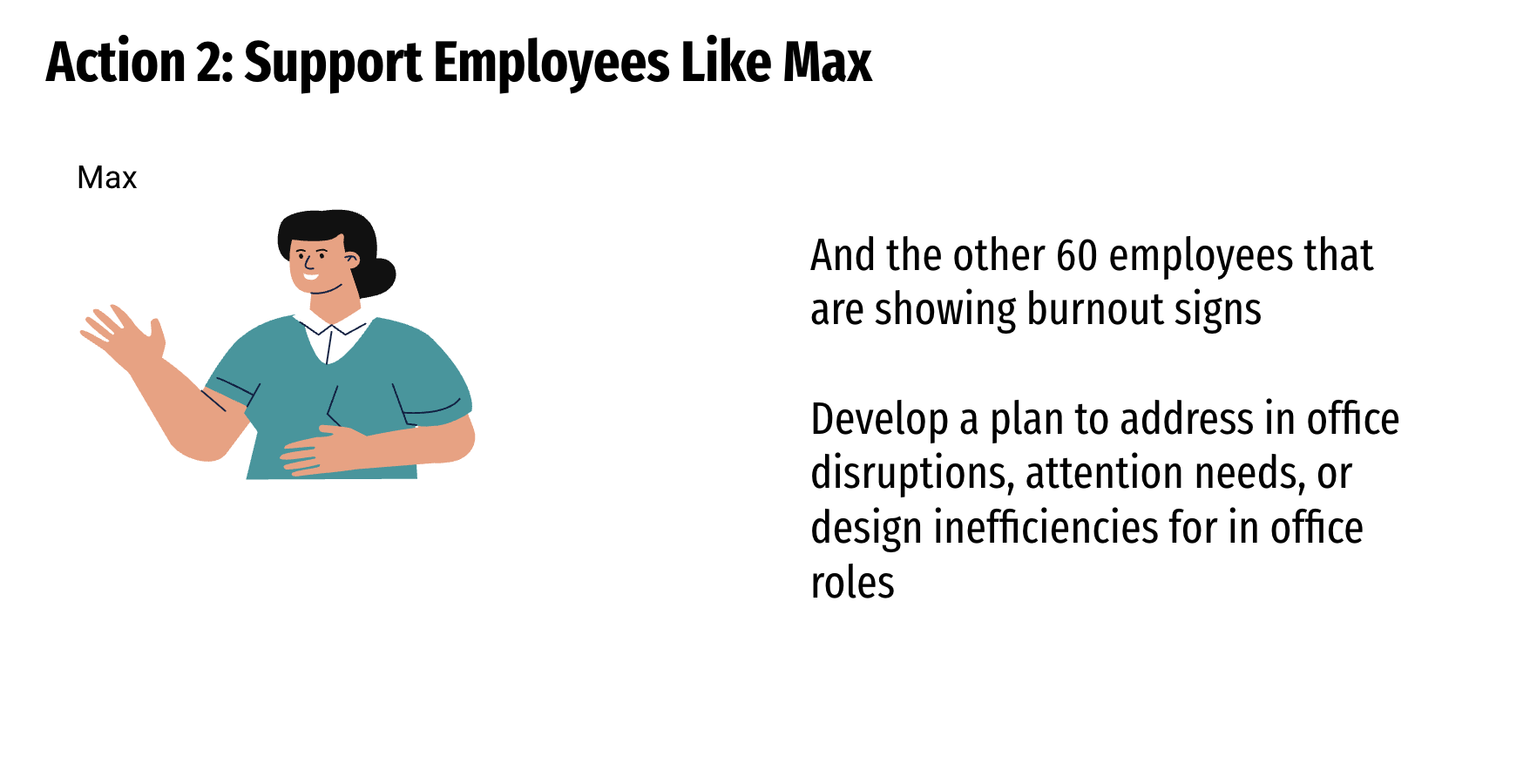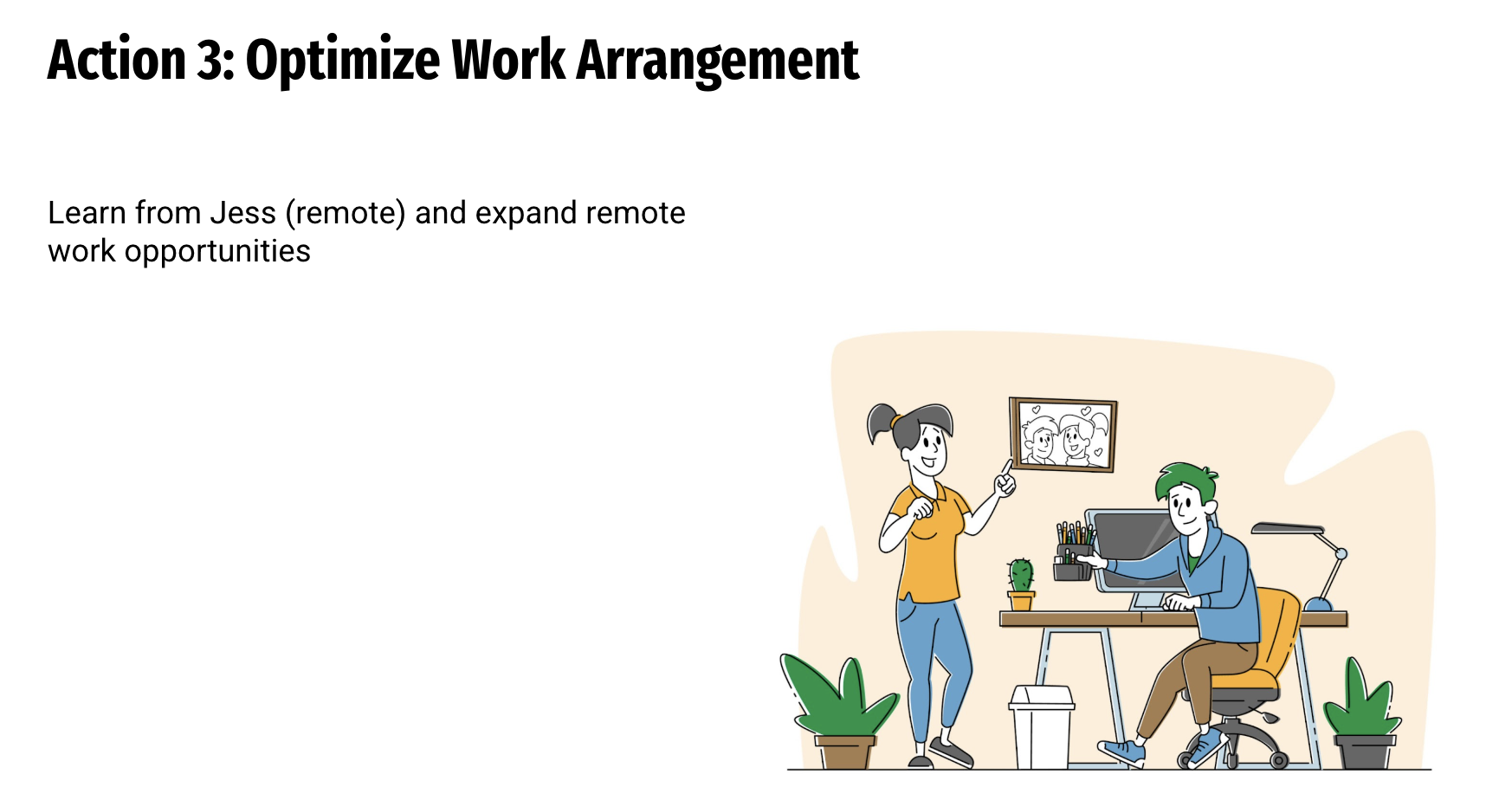
Photo by Christina Morillo
Design for Better Office Experiences
Using synthetic workforce data (N=987), this study examines productivity, wellbeing, and efficiency differences between remote and in-office employees. Results demonstrate remote workers achieve statistically significant performance advantages while working fewer hours, suggesting traditional office-centric assumptions may underestimate remote work effectiveness.
-
Using synthetic data, we want to answer the question, “Is there a difference in productivity between office and remote employees?”
-
Using synthetic workforce data from 987 employees
Conducted three statistical analysis
Independent samples t-test: Comparing productivity means between employment types, resulting in (t(984) = 13.2, p < .001)
Multiple regression analysis: Examining productivity predicted by employment type, hours worked, and well-being
Chi-square tests: Analyzing relationships between workload categories and productivity levels within each group
Then developed Power BI dashboards and visualizations for executive audience presentation.
-
Based on our analysis and approach. There was a significant statistical difference between the office and the remote workforce. And discovered another area to explore from the data findings.
Recommendation 1: Implement Pay-for-Performance Model
3-7% salary differential for top performers regardless of location
Based on 9-point productivity advantage (72.75 vs 63.77 scores)
Market context: Standard salary growth only 1.4%, making 3-7% premium competitive
Recommendation 2: Fix Office Workflow Problems
Comprehensive work design audit for in-office operations
Address structural issues: longer hours (~9+ hours) vs. remote async communication
Focus on removing productivity drains and improving well-being
Recommendation 3: Hire Remote-First for High-Impact Roles
Leverage demonstrated remote performance advantages
Align hiring strategy with productivity data
Access global talent pool while controlling costs





